The Palau archipelago is located in West Pacific Ocean, east of Philippines. The archipelago is composed of more than 250 islands. Those islands are for most of them inhabited and they are mainly covered with tropical forest and mangrove. This short presentation is by itself forewarning nice adventures. But adding to that a lake full of jellyfish makes Palau become an even more extraordinary region.
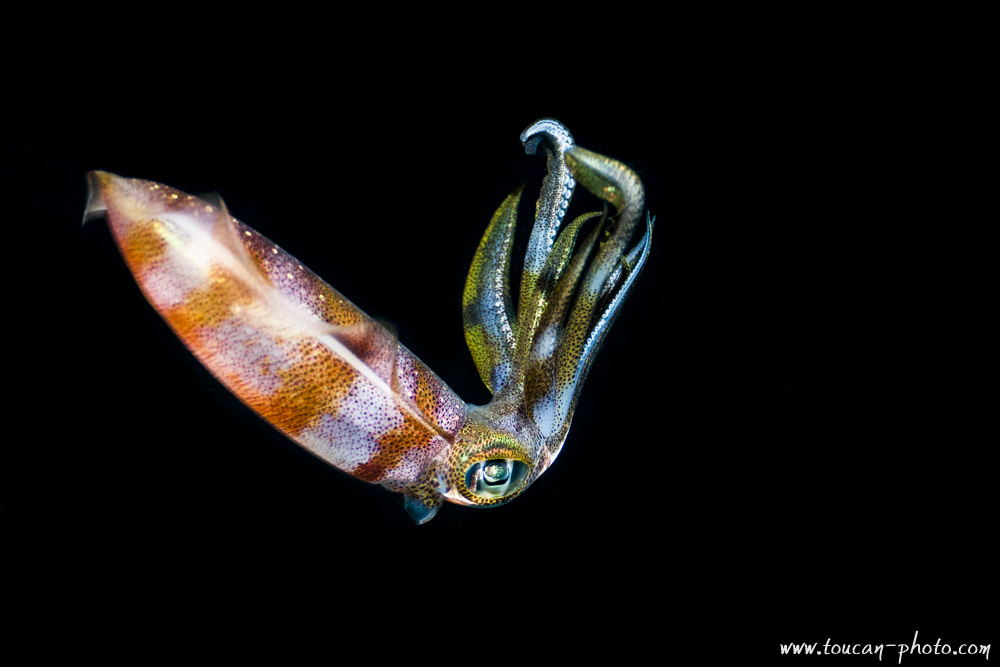 Night shot of a squid
Night shot of a squid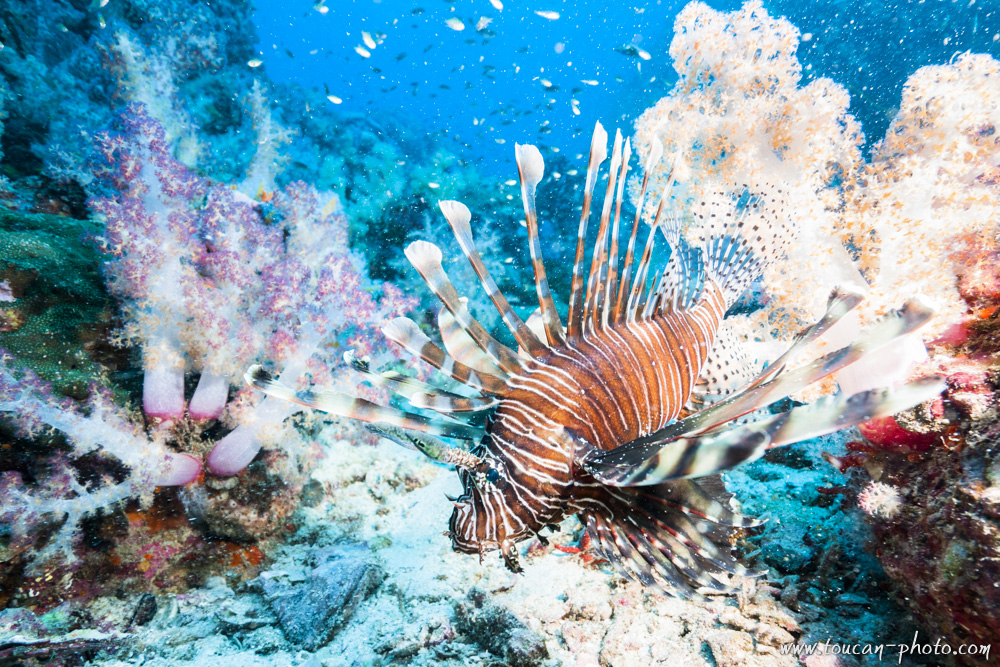 Lion Fish
Lion Fish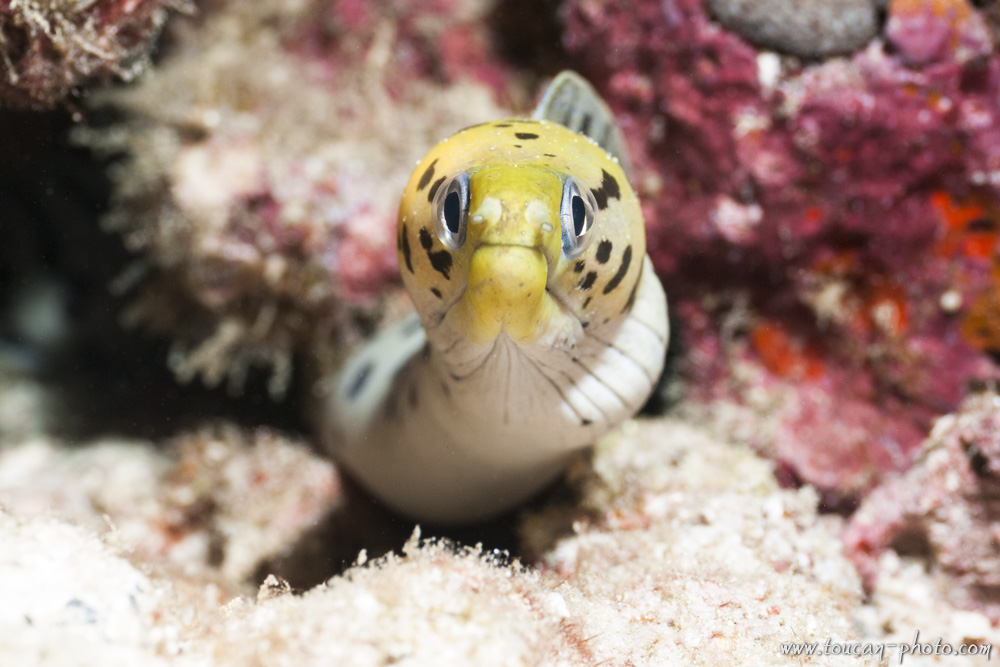 Yellow head moray
Yellow head moray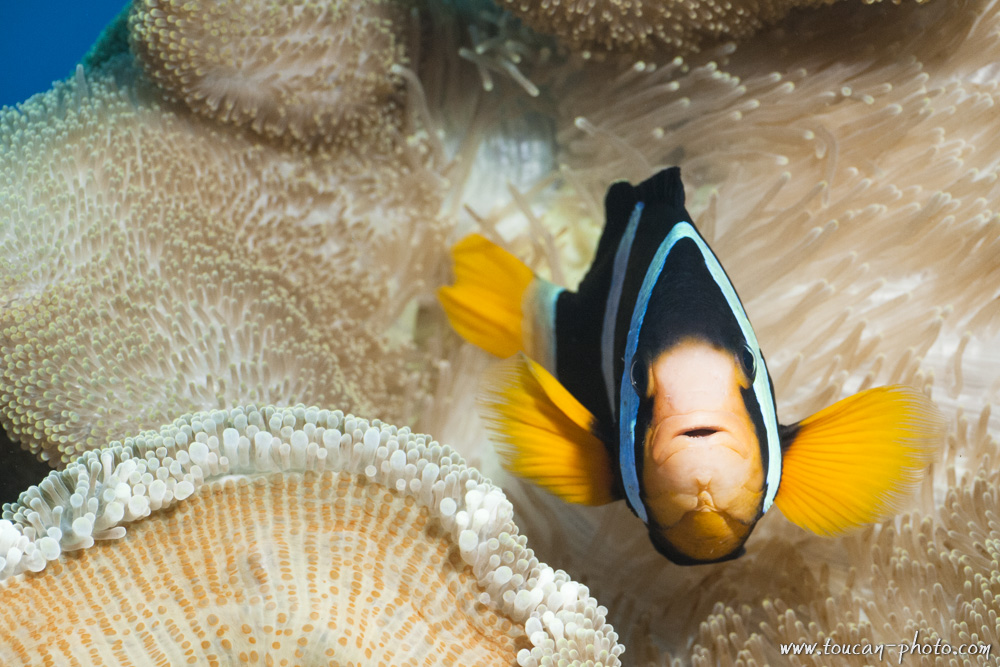 Clark’s anemone fish
Clark’s anemone fish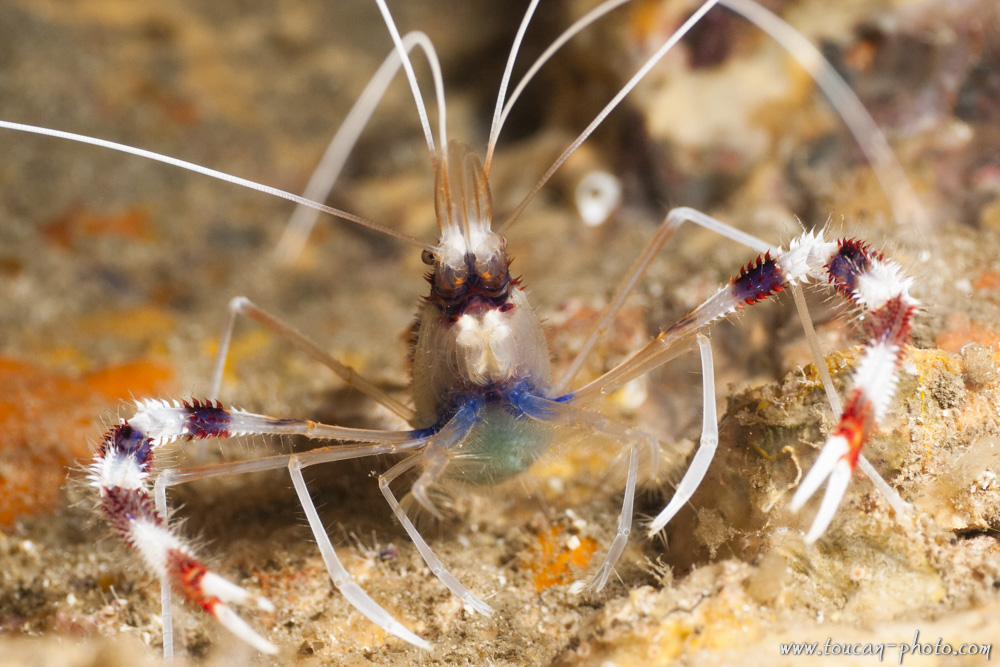 Banded cleaner shrimp (Stenopus hispidus)
Banded cleaner shrimp (Stenopus hispidus)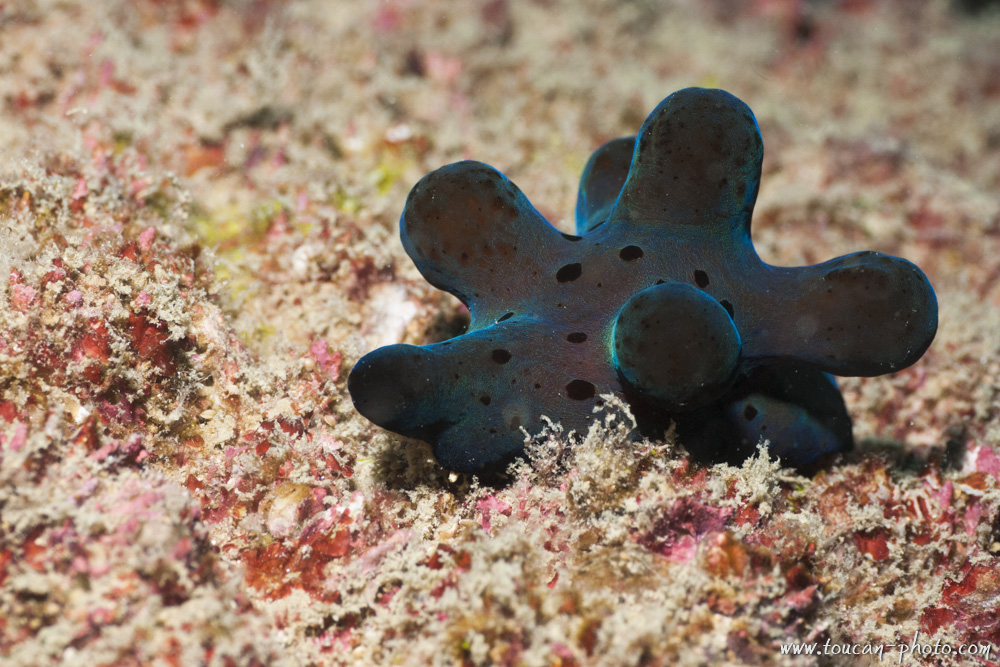 Hiby’s coriocella (Coriocella hibyae)
Hiby’s coriocella (Coriocella hibyae)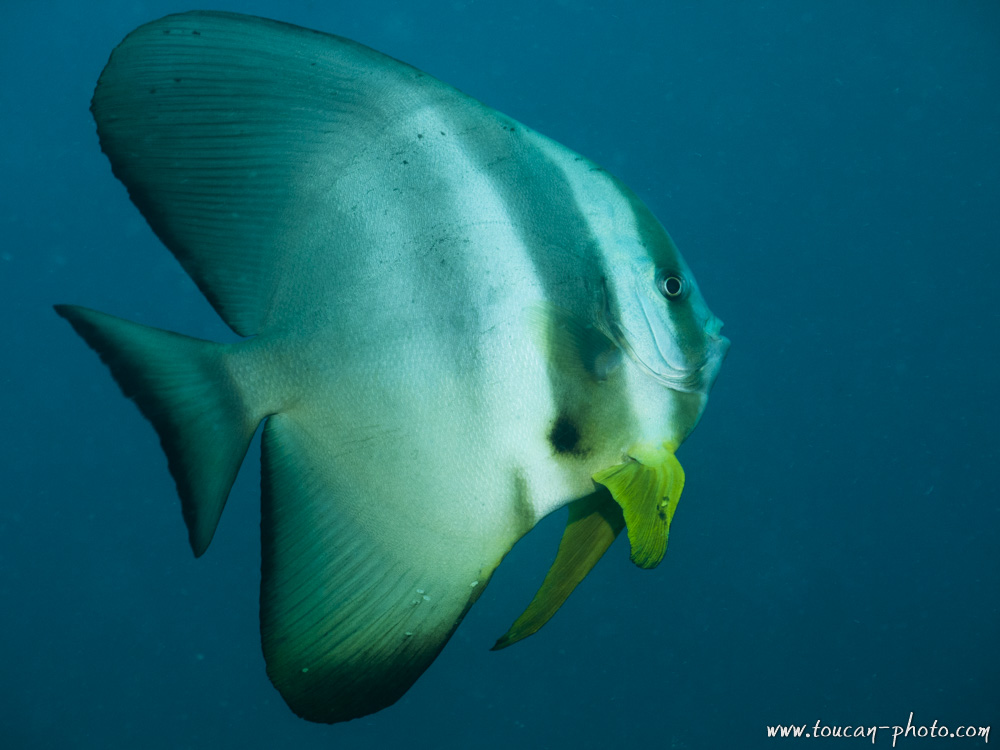 Batfish
Batfish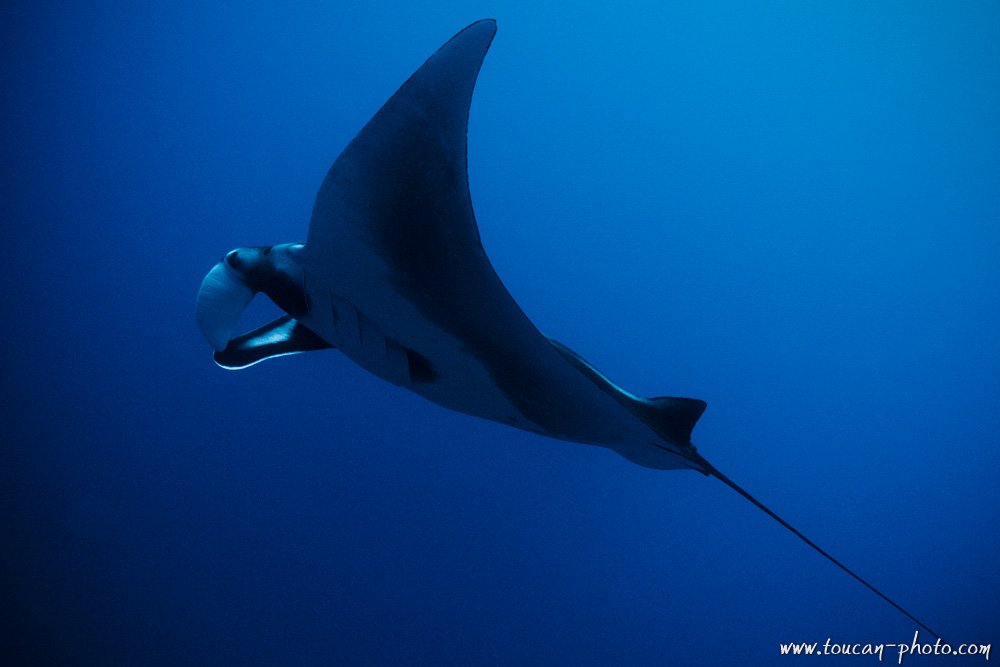 Manta ray
Manta ray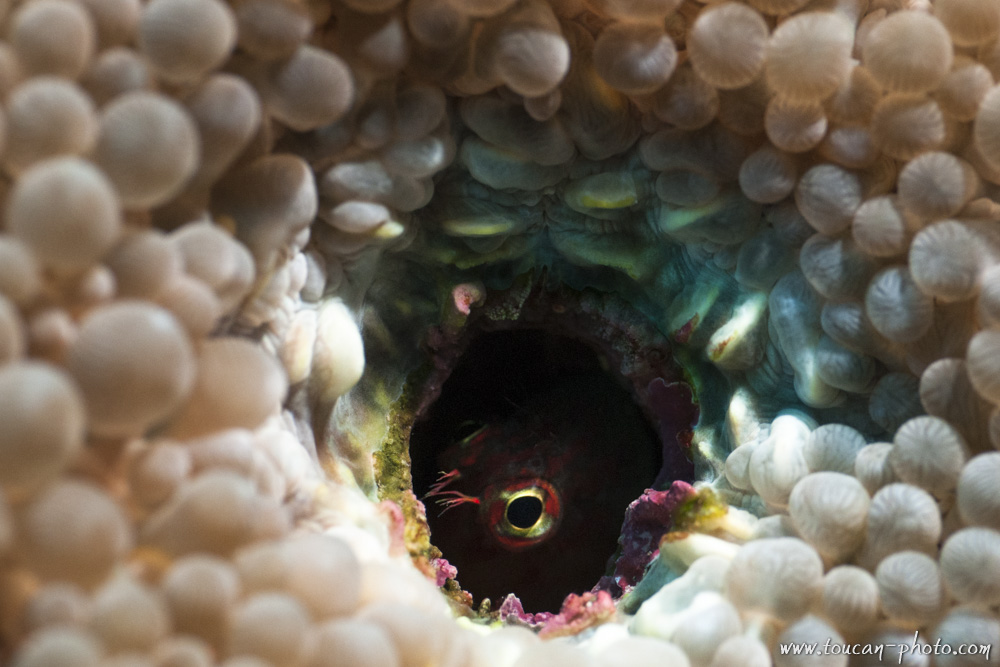 A blenny try to get hide inside a coral hole
A blenny try to get hide inside a coral hole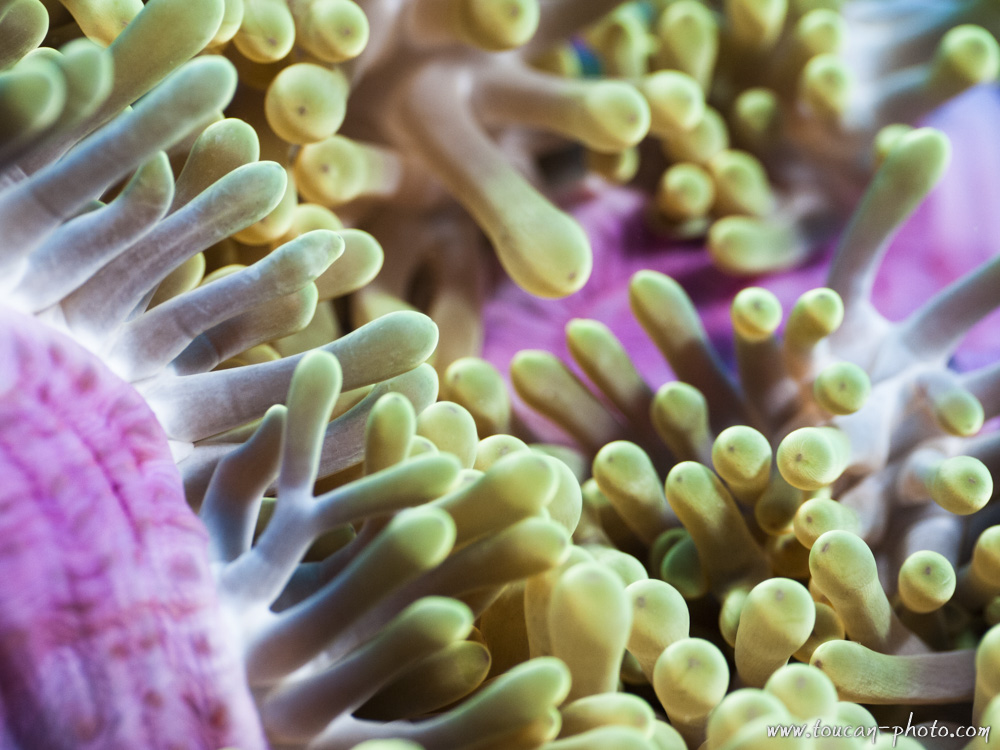 Inside the anemone
Inside the anemone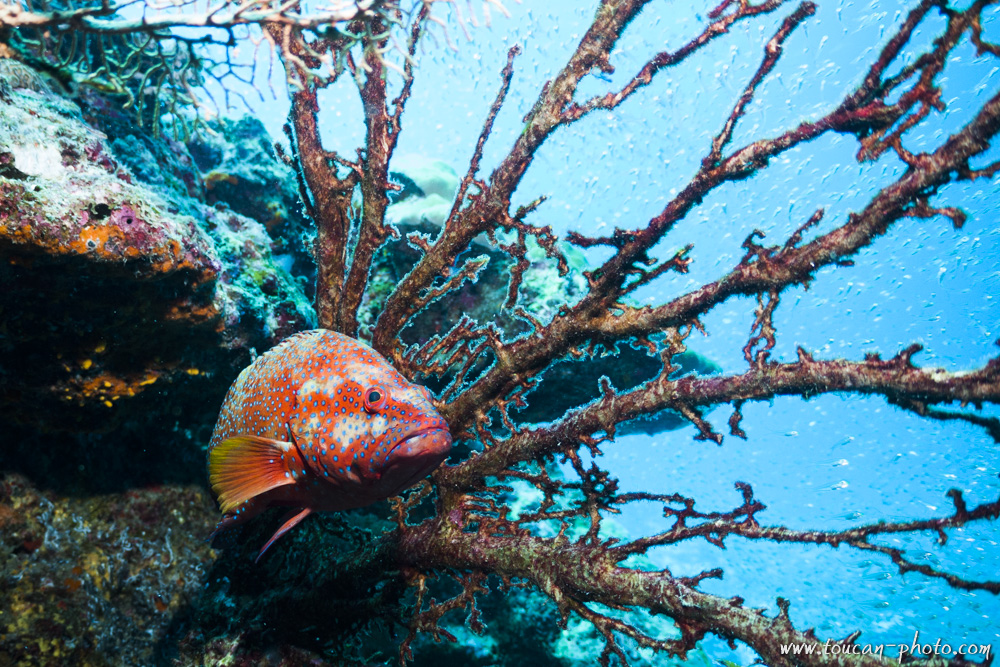 Coral hind (Cephalopholis miniata)
Coral hind (Cephalopholis miniata)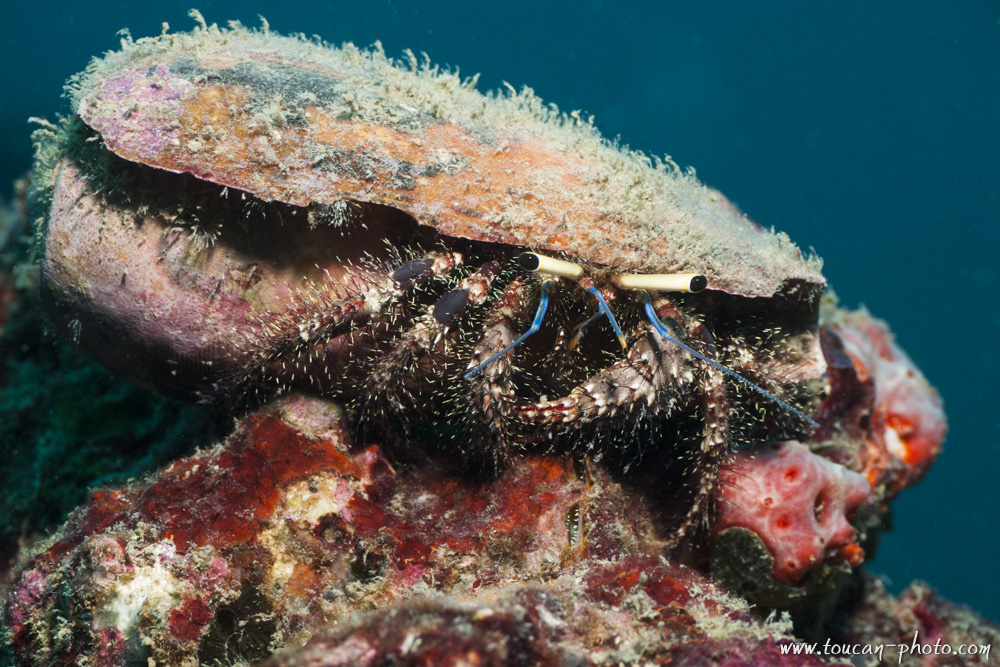 Hermit crab
Hermit crab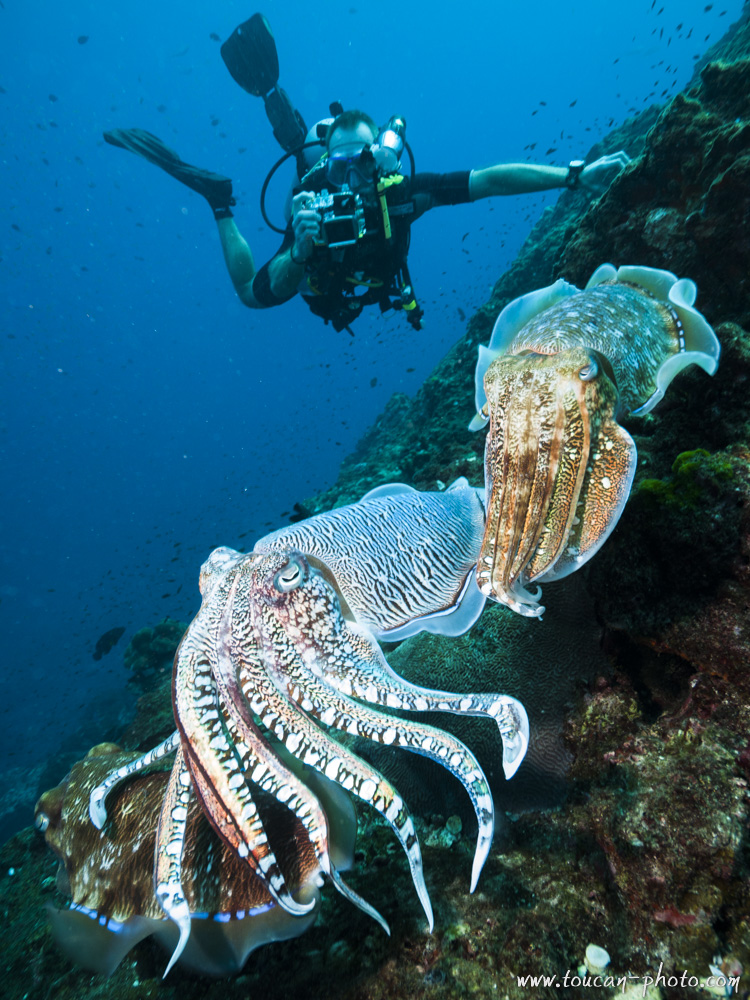 Cuttlefishes and diver
Cuttlefishes and diver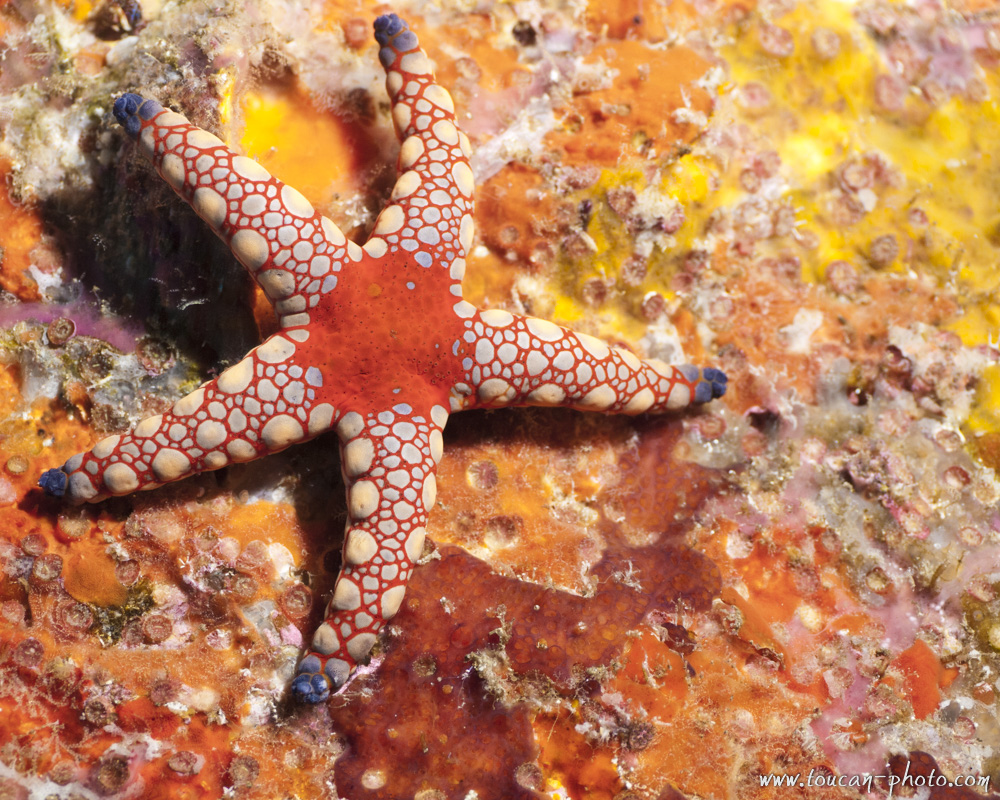 Sea star
Sea star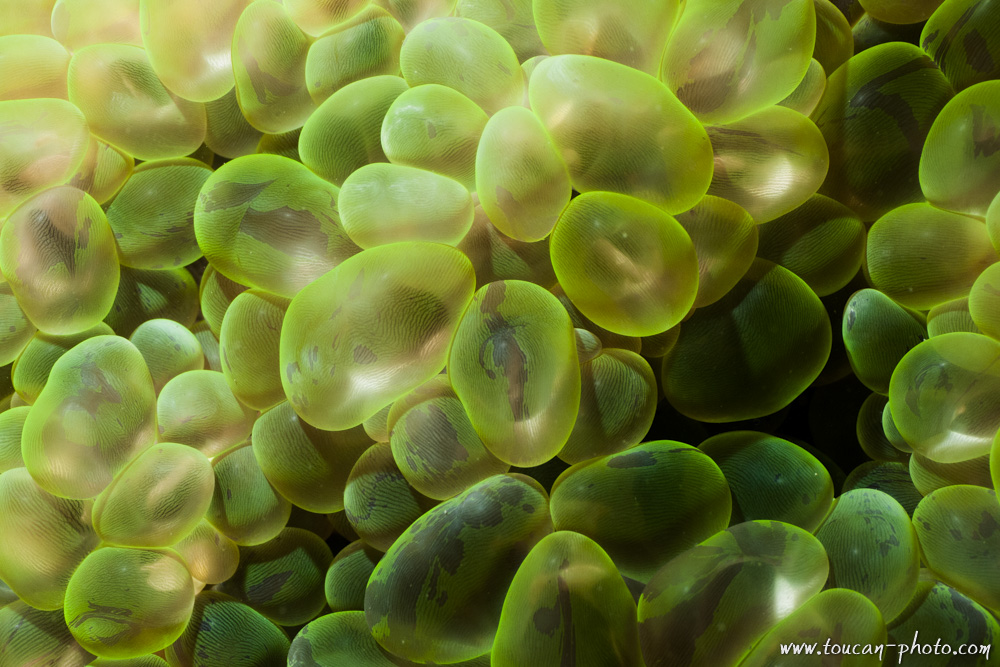 Bubble coral
Bubble coral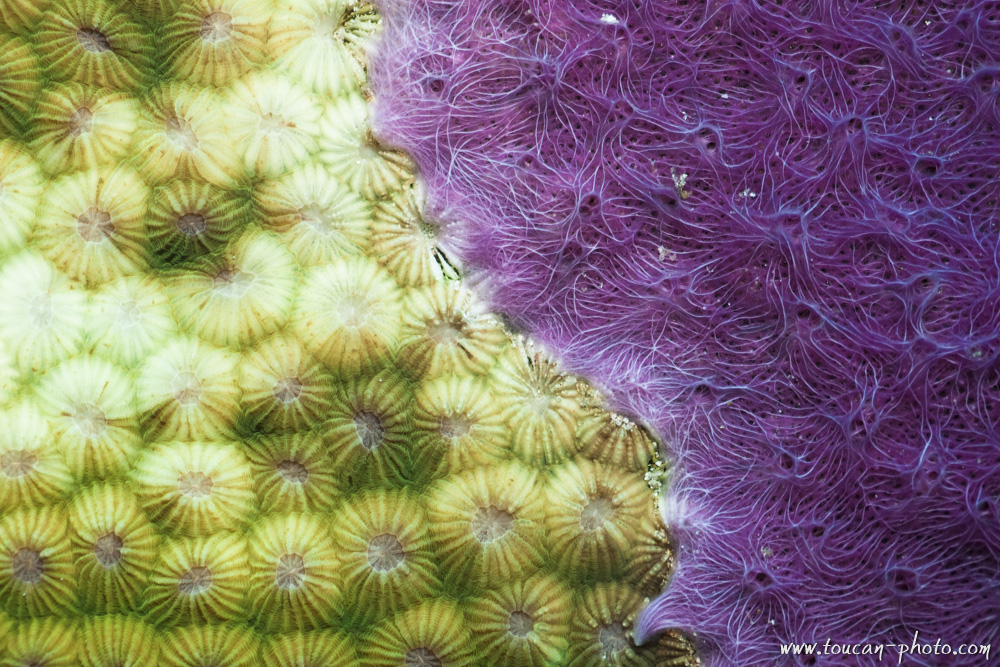 Coral
Coral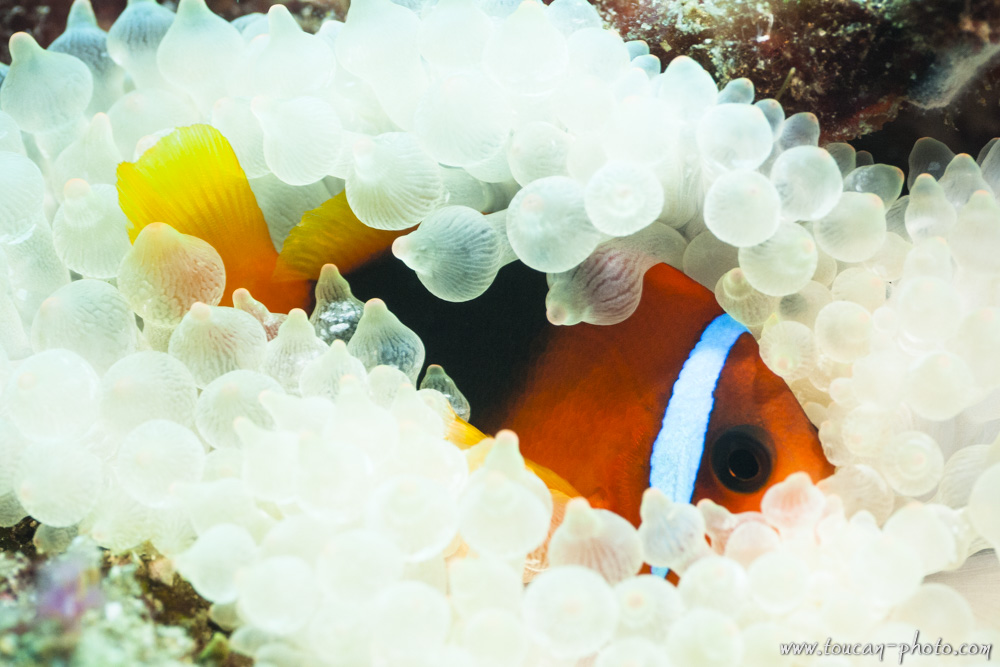 Anemone-Fish in its anemone nest
Anemone-Fish in its anemone nest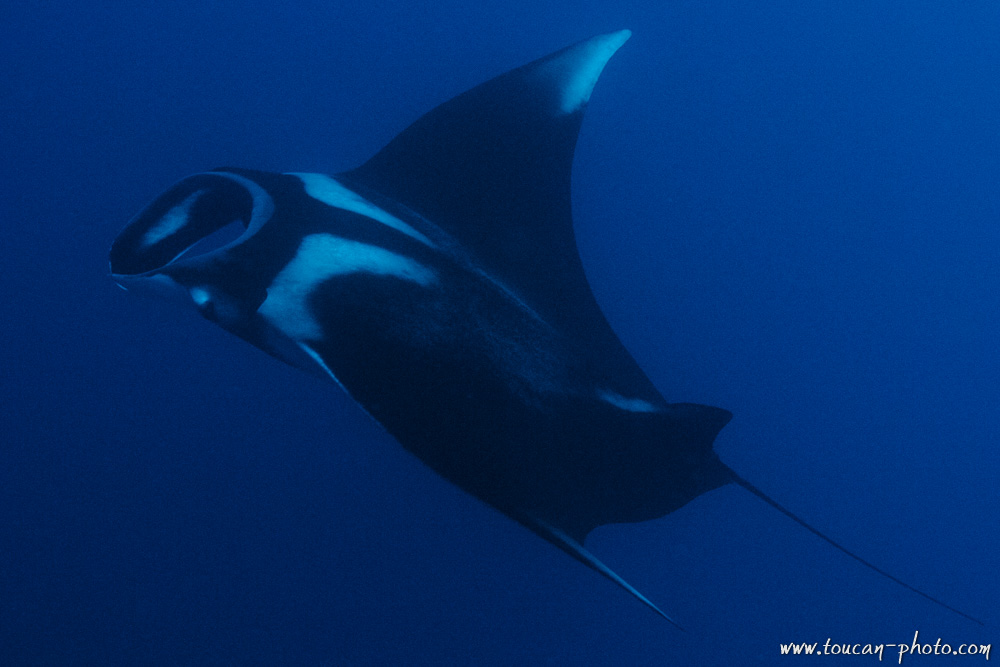 Manta Ray
Manta Ray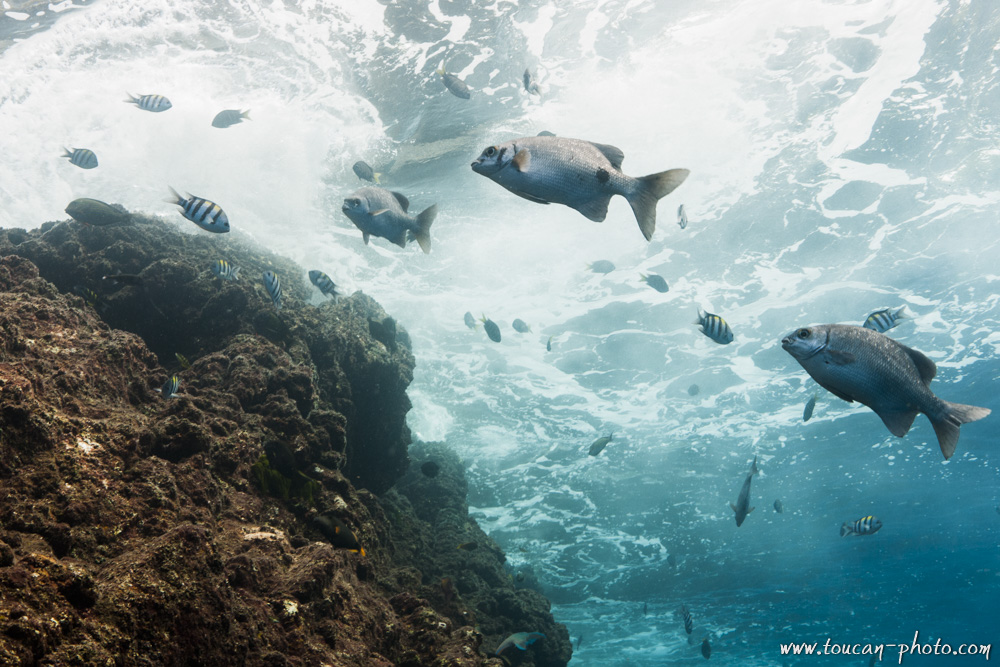 Reef
Reef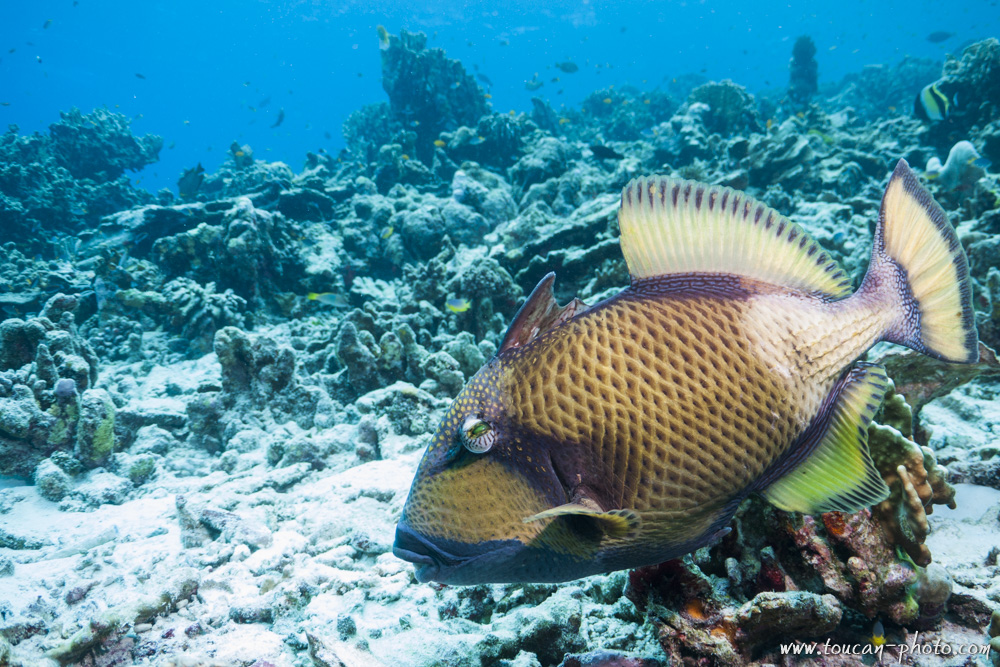 Trigger-Fish
Trigger-Fish